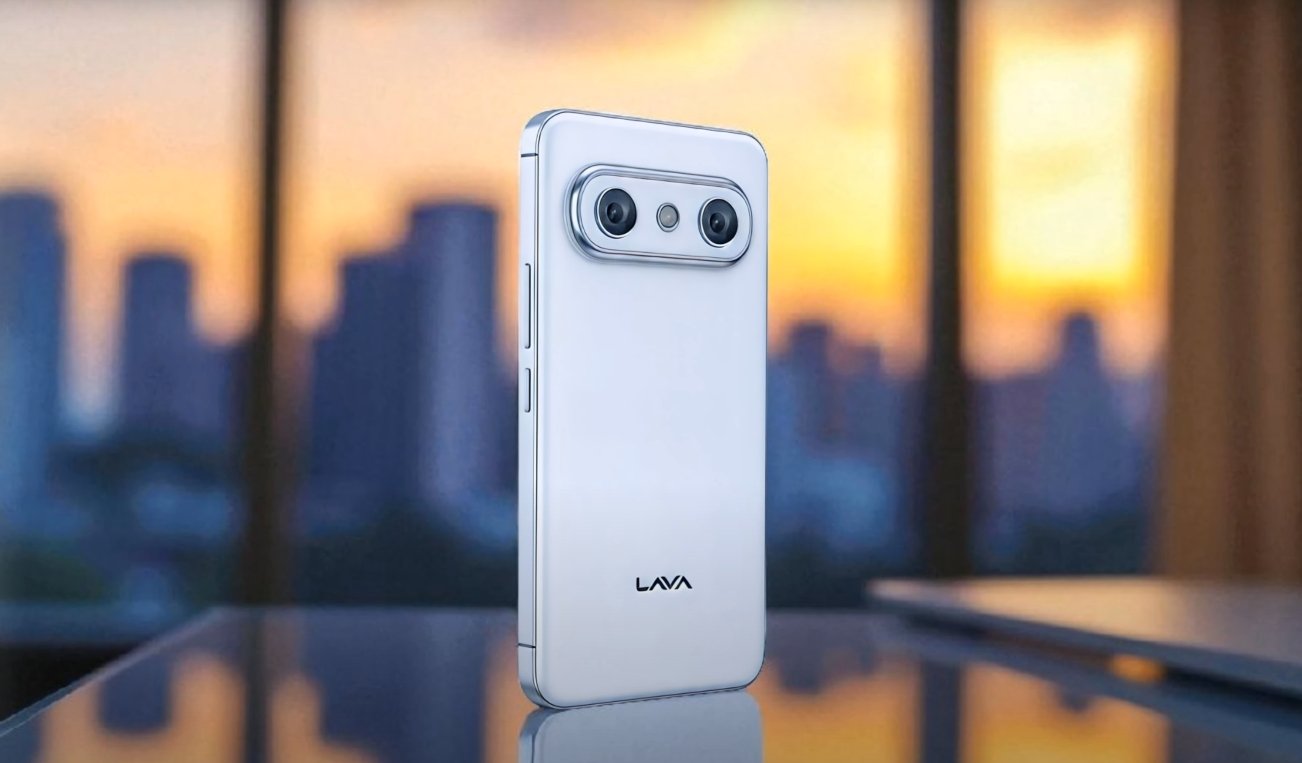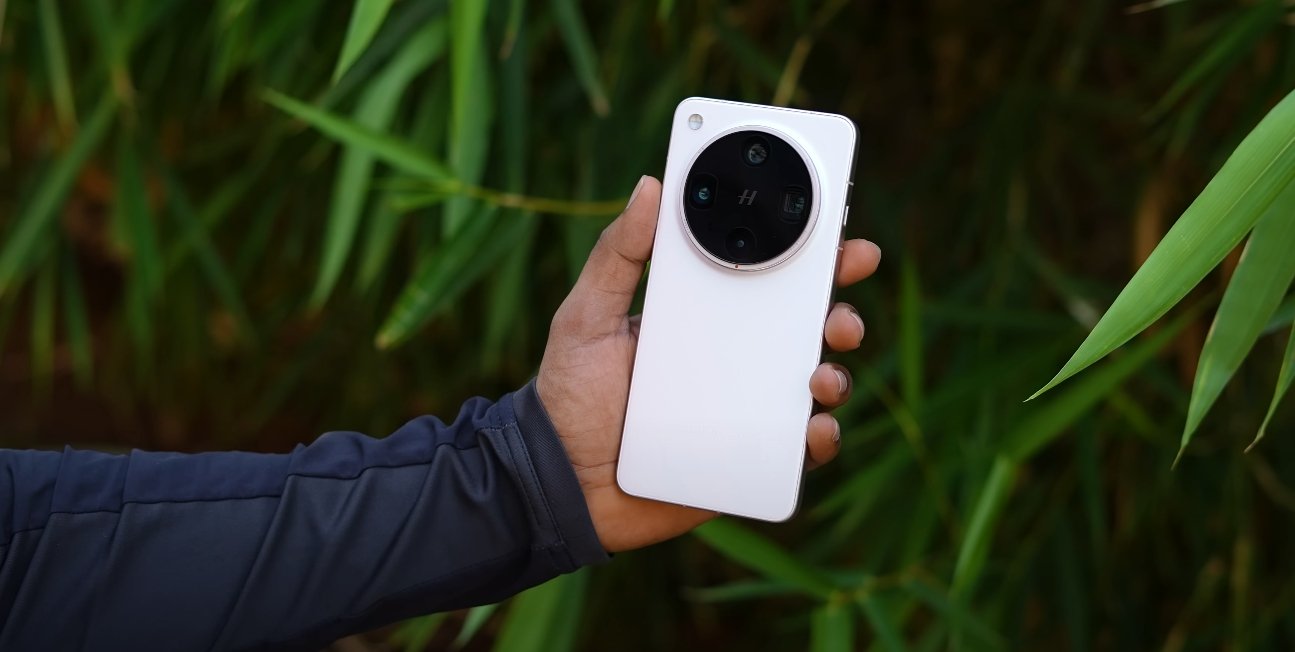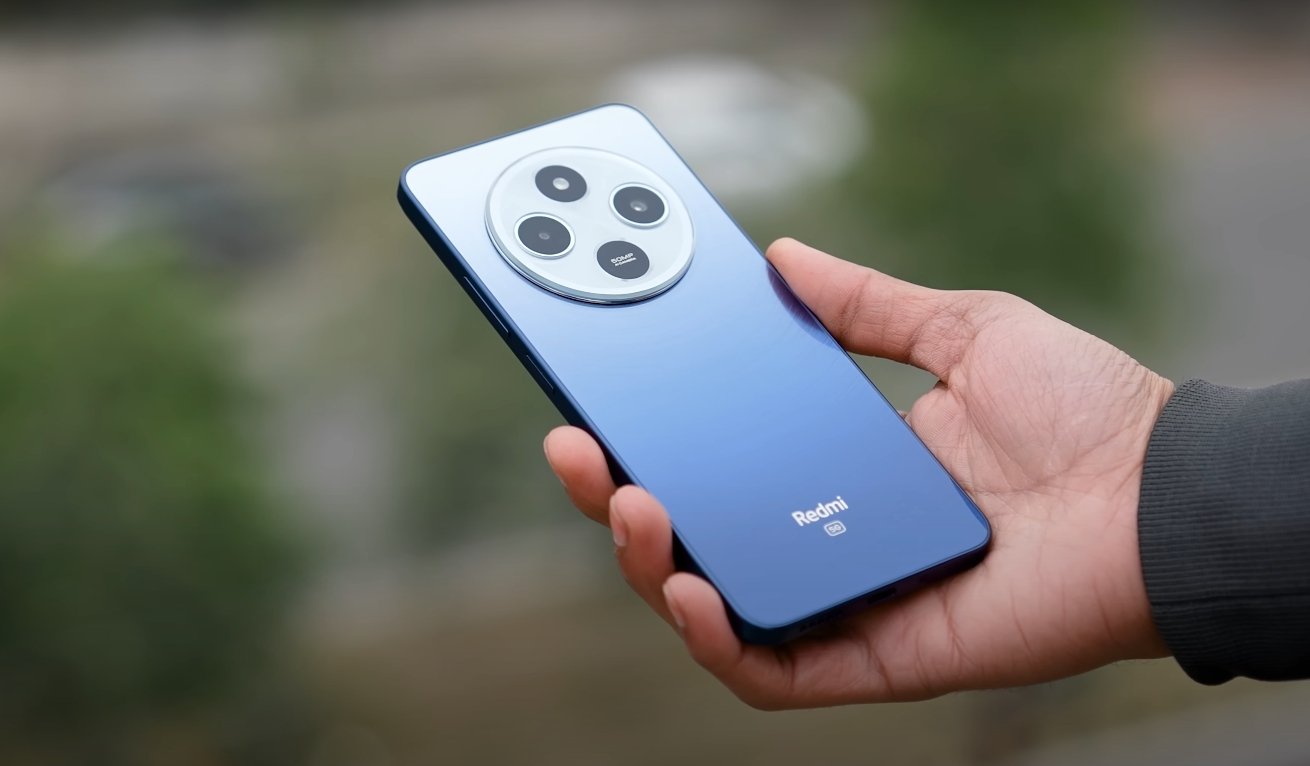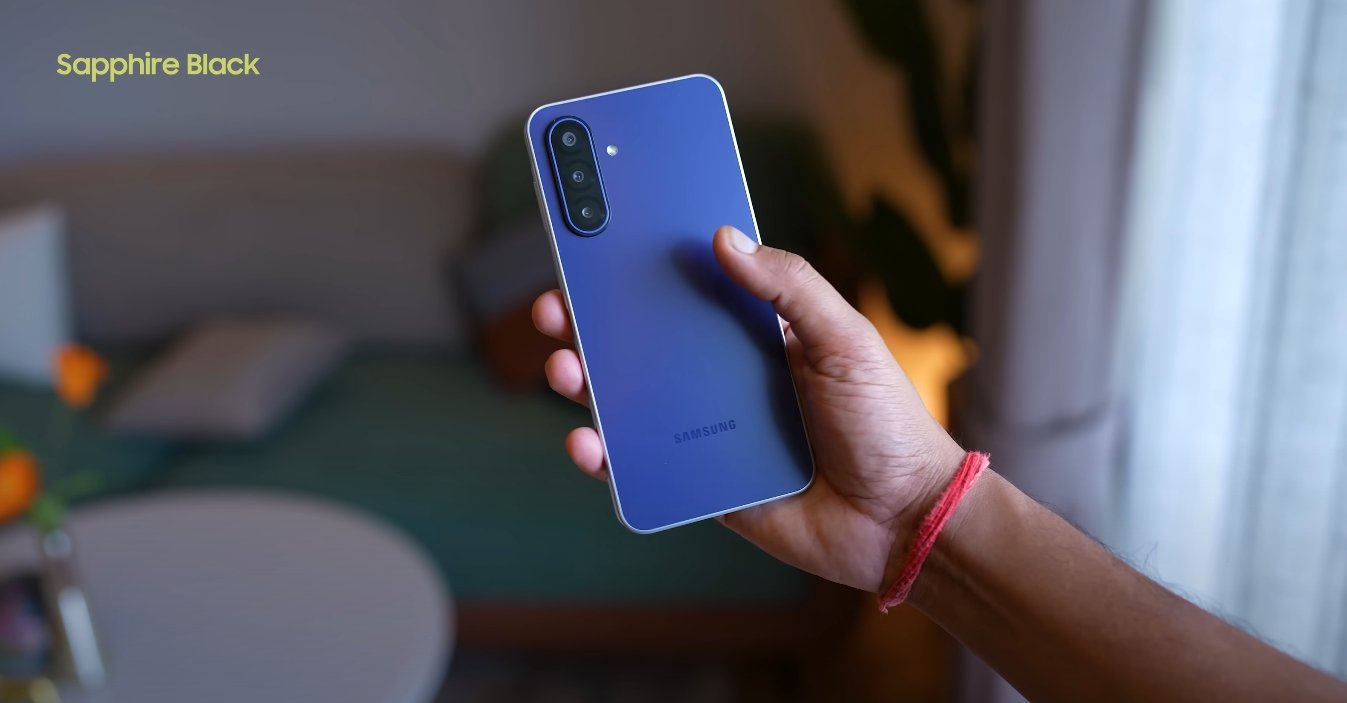Redmi K90 Pro Max challenges Google and Samsung in the UK spec race
As smartphone enthusiasts in the UK await the potential global release of the Redmi K90 Pro Max, comparisons with established players like Google’s Pixel series and Samsung’s Galaxy lineup have become unavoidable. On paper, the K90 Pro Max appears to deliver flagship-level hardware at a fraction of the cost, but its ultimate success in the British market will depend on how it measures up in performance, features, and user experience against its more established rivals.
The Redmi K90 Pro Max stands out immediately for its hardware-driven approach. It boasts a massive 6.9-inch 2K OLED display with a 120Hz refresh rate, matching and even exceeding the screen size of both the Google Pixel 8 Pro and Samsung Galaxy S24 Ultra. This display specification makes it a serious contender for users who value vibrant visuals, smooth scrolling, and cinematic screen real estate. The display brightness, clarity, and refresh capabilities bring it on par with Samsung’s renowned AMOLED panels, long considered the best in the business. The phone’s premium materials and curved design also give it an appearance and feel similar to flagship models that typically cost several hundred pounds more.
When it comes to raw performance, the Redmi K90 Pro Max takes a bold step forward with the Snapdragon 8 Elite Gen 5 chipset. This processor represents the latest in Qualcomm’s mobile innovation, offering extreme speed, AI integration, and efficiency improvements over previous generations. In contrast, the Samsung Galaxy S24 Ultra in the UK uses the Snapdragon 8 Gen 3, which is slightly older but still a powerhouse, while the Pixel 8 Pro relies on Google’s Tensor G3 chip, designed for AI-heavy tasks and deep software optimization. While Google’s chip isn’t the fastest in benchmarks, it focuses on intelligent processing and machine learning features, whereas Redmi and Samsung prioritize peak performance and gaming capabilities.
Camera systems are another major point of comparison. The Redmi K90 Pro Max features a triple 50MP rear setup that includes a wide, ultra-wide, and periscope telephoto lens capable of 5x optical zoom. In this area, it competes directly with the Galaxy S24 Ultra’s sophisticated camera array, which includes a 200MP main sensor, dual telephoto lenses, and Samsung’s advanced image stabilization system. The Pixel 8 Pro, known for its exceptional computational photography, continues to lead in image processing, color balance, and low-light performance, even though its hardware sensors are more modest on paper. In the UK, where many consumers prioritize camera quality for social media and travel photography, Redmi’s offering looks impressive but will rely on software tuning to match Google’s finesse or Samsung’s clarity.
Battery life could be a key differentiator. The Redmi K90 Pro Max carries a massive 7,560 mAh battery, far surpassing the 5,000 mAh units found in both the Pixel 8 Pro and Galaxy S24 Ultra. This size, combined with 100W wired and 50W wireless charging, positions the Redmi well for power users. The Galaxy and Pixel models, while efficient, can’t compete with such charging speed or capacity. For UK buyers who are always on the go, the Redmi’s longer endurance and faster top-ups may be one of its strongest selling points.
When considering software and support, however, Google and Samsung hold the upper hand. The Pixel 8 Pro and Galaxy S24 Ultra both come with extended software update promises—up to seven years of Android and security patches. Xiaomi has made improvements with its HyperOS 3 interface, offering smoother performance and better update commitments, but it still trails the consistency and longevity of its Western rivals. For British users who prefer stability, long-term reliability, and seamless integration with UK carriers, the Pixel and Galaxy remain the safer choices.
Pricing is where the Redmi K90 Pro Max is expected to make its biggest impact. If it follows its international trend, the phone could land in the UK for around £650 to £700, undercutting both the Pixel 8 Pro and Galaxy S24 Ultra by several hundred pounds. This pricing strategy would place it in the “flagship killer” category—offering premium-grade specifications at a mid-range price. While the Pixel and Galaxy lines justify their higher prices with superior support, ecosystem integration, and brand prestige, many British consumers looking for maximum value may find the K90 Pro Max difficult to ignore.
Ultimately, the Redmi K90 Pro Max’s comparison against Google and Samsung in the UK comes down to priorities. If a buyer values pure hardware performance, large battery capacity, and cutting-edge display technology at a lower cost, Redmi’s flagship easily outshines its rivals on paper. But if long-term software reliability, ecosystem features, and brand-backed service matter more, then the Pixel and Galaxy remain ahead.
In a UK market dominated by loyal Samsung and Google users, the Redmi K90 Pro Max presents a fresh alternative that could redefine expectations for what a premium smartphone should cost. With its impressive balance of power and affordability, it might just push the competition to rethink their pricing strategies — proving that top-tier performance no longer needs to come with a top-tier price tag.
Also Read: UK import guide for the Redmi K90 Pro Max: what British buyers should know





